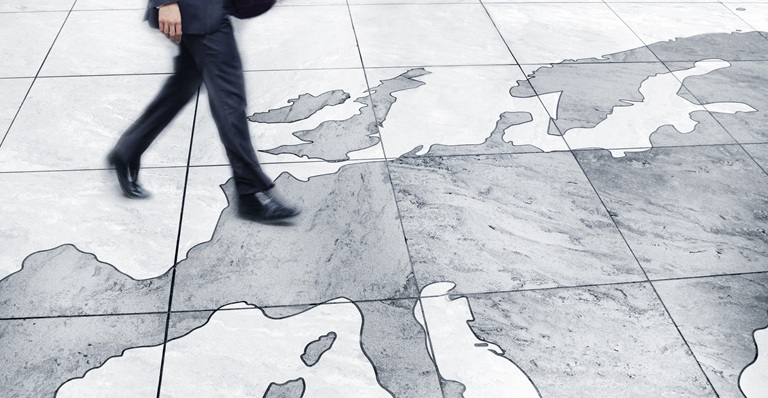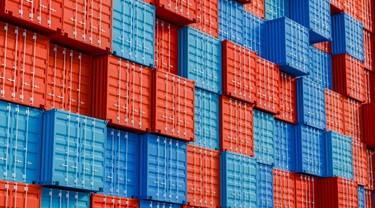It’s difficult to not get down over the near-constant deluge of negative news. Ongoing cost-of-living pressures, global food shortages, stagnating real income growth, deteriorating debt dynamics, the effects of climate change, social unrest, war, you name it. It all looks a bit grim, especially with respect to developing and frontier markets. This applies to the 54 countries of Africa, several of which find themselves at the centre of many of today’s key challenges.
As a result, 2023 does look as if it’ll be a litmus test of sorts for the continent. As pressures converge all at once, will the gains that helped many African countries emerge as competitive markets be reversed? Or will this be but another test of resiliency for a continent that has proven time and again that it can withstand and thrive despite challenging circumstances?
While only time will tell, it’s worth noting that many of the world’s major economies, including Europe, China and the United States, are doubling down on economic and diplomatic ties to Africa, and at intensifying pace. So much so, that perhaps Canadian exporters could benefit from looking a little closer at the opportunities that’ll continue to materialize on the continent, despite some of the ostensible risks.
Without question, the pressures are real: The continent continues to struggle with long-standing issues of income inequality, deficits in productive capital, and unsustainable debt burdens. Add to that the stalling of further progress on health, employment and education outcomes, thanks to COVID-19, as well as stubborn and broad-based inflation and the spectre of global recession. There’s also the assault on hard-fought democratic gains by a series of coups and coup attempts in some markets, and creeping authoritarianism in a handful of others.
The effects have been significant. Investment into the continent—whether direct, portfolio or through remittances—has yet to return to pre-pandemic levels in many markets. The resulting currency pressures have only amplified inflation-related pain, as some lost between 20% and 50% of their value against the dollar over the course of 2022, hammering African households and businesses. Governments, too, have felt the heat, as debt and debt servicing costs have soared amid all the fiscal stimulus needed to cushion the blow of the pandemic and the subsequent rise in inflation. Now, more than 22 African governments are either already in—or at a high risk of—debt distress, including some major markets that were until recently highly attractive frontier markets, like Ghana, Ethiopia, Kenya and Nigeria. The spillover systemic risks to all sectors of each economy shouldn’t be taken lightly.
And yet, notwithstanding these challenges, Africa might be a major bright spot, especially in a year that’s expected to produce sclerotic growth or even recessions in developed markets. Nearly half of African markets are forecasted to grow by more than 4% this year and next, with some—like Senegal and Côte d’Ivoire—slated to be among the fastest growing economies in the world.
Going forward, the massive urbanization shift underway by an increasingly young, entrepreneurial and educated class is set to shift global demand centres. About 10-15 million people are expected to join the labour market every year, contributing to the rise of coastal megacities, like those in China and India, that are set to be at the forefront of influencing the 21st-century economy. This evolution will need to be met with corresponding levels of infrastructure development, residential construction, food distribution, availability of consumer goods and services, and more.
You should also check out
EDC interactive tool offers economic insights on Canada’s Top 75 trading partners.
Already, the continent is central to the green and digital transformations afoot. Not only are a disproportionate share of the critical minerals needed for the clean energy transition located in Africa, but so too are many of the innovative solutions being rolled out for combating climate change, like crop management and natural disaster mitigation. Perhaps more than any other region, Africa is turning into an experimental ground for digital currencies, mobile money, and broadened connectivity, and several regional incubators for fintech and STEM are popping up from coast to coast to coast.
Expect these trends to only deepen as the benefits of the ambitious continental-wide trade pact—the African Continental Free Trade Area (AcFTA)—take effect, and barriers to intra-regional trade continue to come down. These features could help turn Africa into a major competitor in global supply and value chains over the medium to long term.
The bottom line?
Despite the evident and material challenges ahead for Africa, it ought not be written off in this current climate. Increasingly industries such as transportation, information and communication technology (ICT), finance, and professional services are driving growth and demand across the continent, in addition to the conventional sectors, like agri-food and mining. Opportunities abound over the long term, for exporters willing to manage near-term volatility and risk.
This week, a very special thanks to Kevin Elliott, country risk analyst with our Economic and Political Intelligence Centre.
As always, at EDC Economics, we value your feedback. If you have ideas for topics that you would like us to explore, please email us at economics@edc.ca and we’ll do our best to cover them.
This commentary is presented for informational purposes only. It’s not intended to be a comprehensive or detailed statement on any subject and no representations or warranties, express or implied, are made as to its accuracy, timeliness or completeness. Nothing in this commentary is intended to provide financial, legal, accounting or tax advice nor should it be relied upon. EDC nor the author is liable whatsoever for any loss or damage caused by, or resulting from, any use of or any inaccuracies, errors or omissions in the information provided.






